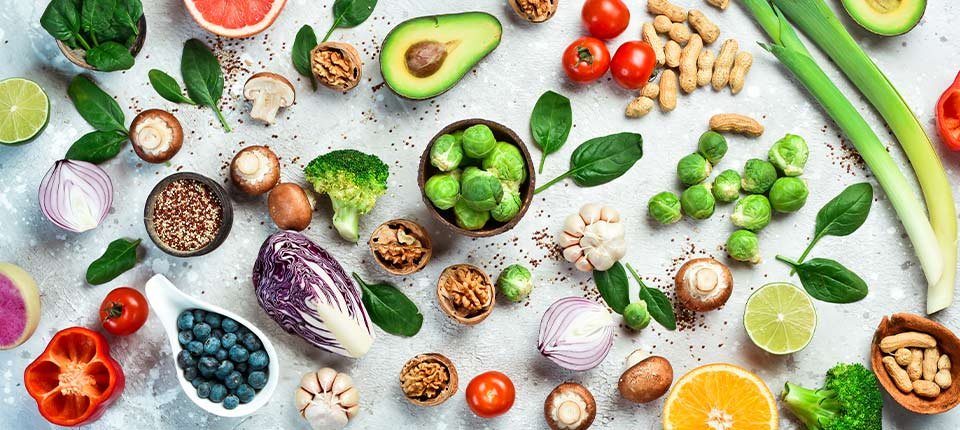The Weight-Uric Acid Connection: How Excess Pounds Elevate Your Risk
As someone deeply involved in health and wellness, I am consistently reminded of the intricate connection between diet, weight, and overall well-being. Today, I aim to explore a specific aspect of this relationship that often receives little attention: the correlation between weight and uric acid levels in the body. Though it may not be widely discussed, grasping this connection is essential for effectively managing weight and averting associated health complications.
Let’s start,
By understanding what uric acid is and its role in the body?
Uric acid is a waste product that forms when the body breaks down purines, substances found in certain foods and beverages. Normally, uric acid dissolves in the blood and is excreted through the kidneys. However, elevated levels of uric acid can lead to various health problems, including gout, kidney stones, and even cardiovascular disease.

Now, here’s where weight comes into play. Research has shown that there is a direct correlation between excess body weight and higher levels of uric acid.
When we carry excess weight, especially visceral fat around the abdomen, it can lead to increased production of uric acid and decreased excretion, resulting in elevated levels circulating in the bloodstream. This is particularly concerning because elevated uric acid levels have been linked to insulin resistance, inflammation, and metabolic syndrome, all of which significantly increase the risk of developing chronic diseases like type 2 diabetes and heart disease.
So, how exactly does excess weight contribute to elevated uric acid levels?
One key factor is the link between obesity and insulin resistance. When cells become resistant to insulin, they have trouble absorbing glucose from the bloodstream, leading to higher insulin levels. Insulin resistance also impairs the kidneys’ ability to excrete uric acid, further exacerbating the problem. Additionally, adipose tissue, or fat cells, produce substances called cytokines that promote inflammation and may interfere with uric acid metabolism.
Moreover, the type of diet commonly associated with excess weight can also play a significant role in raising uric acid levels.
Diets high in purine-rich foods, such as red meat, organ meats, seafood, and certain types of alcohol, can contribute to increased uric acid production. Furthermore, consuming large amounts of fructose, often found in sugary beverages and processed foods, has been linked to elevated uric acid levels as well.
Our goal is to empower individuals to make healthier dietary choices that not only promote weight management but also optimize overall health. Here are some strategies to help reduce uric acid levels and mitigate the associated health risks:

- Emphasize a Plant-Based Diet: Encourage the consumption of fruits, vegetables, whole grains, legumes, nuts, and seeds, which are low in purines and high in fiber, vitamins, and antioxidants. These foods not only help in weight management but also support kidney function and reduce inflammation.
- Limit Purine-Rich Foods: While it’s not necessary to completely eliminate purine-rich foods, advise moderation in their consumption. Opt for lean sources of protein such as poultry, fish, and tofu, and limit intake of red meat and organ meats.
- Stay Hydrated: Drinking an adequate amount of water helps dilute uric acid in the bloodstream and promotes its excretion through urine. Aim for at least 8-10 glasses of water per day, and encourage clients to choose water over sugary beverages.
- Limit Alcohol Consumption: Alcohol, especially beer and spirits, can raise uric acid levels in the body. Advise clients to drink alcohol in moderation or consider eliminating it altogether, especially if they have a history of gout or other uric acid-related conditions.
- Promote Weight Loss: Encourage gradual weight loss through a combination of dietary modifications, regular physical activity, and lifestyle changes. Even a modest reduction in weight can lead to significant improvements in uric acid levels and overall health.
- Monitor Portion Sizes: Overeating, especially of high-calorie and high-purine foods, can contribute to weight gain and exacerbate uric acid levels. Encourage clients to be mindful of portion sizes and practice mindful eating to prevent overconsumption.
- Encourage Regular Physical Activity: Regular exercise not only helps with weight management but also improves insulin sensitivity and promotes uric acid excretion through sweat. Recommend a combination of aerobic exercises, strength training, and flexibility exercises for optimal results.
- Educate About Hidden Sources of Fructose: Many processed foods and beverages contain high-fructose corn syrup or other sources of fructose, even those that may not taste particularly sweet. Teach clients to read food labels carefully and choose whole, unprocessed foods whenever possible.

Conclusion:
By addressing the weight-uric acid connection through dietary and lifestyle interventions, we can significantly reduce the risk of developing gout, kidney stones, and other related health conditions.
As dietitians, it’s our responsibility to provide evidence-based guidance and support to help individuals achieve and maintain optimal health through sustainable lifestyle changes.
Let’s work together to empower everyone to make informed choices and prioritize their long-term well-being.



